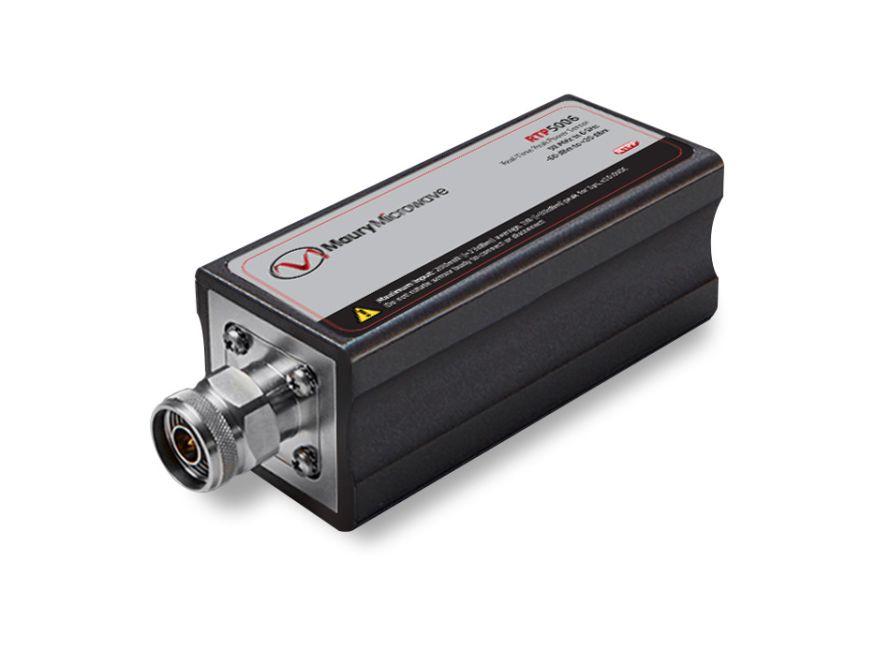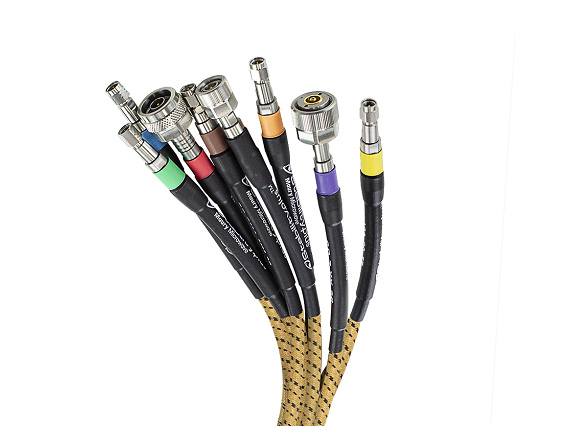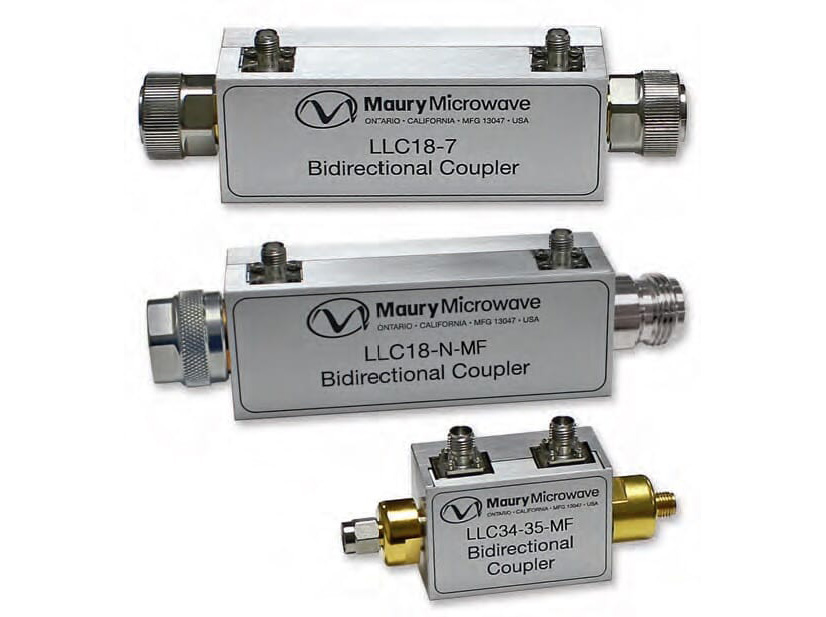Diodes
NC520 Series
The NC520 low voltage (surface mount) noise module is an economic solution for built-in test requirements. It contains complete bias circuits and require no external components.
The surface mount package is suitable for mounting on microstrip. The modules produce extremely flat output power versus frequency characteristic that is insensitive to temperature and voltage variations.
Typical applications for the NC520 module includes built-in test equipment (bite), signal strength meters for cellular, pcs, catv, calibrators, spectrum analyzers, radar warning receivers (rwr), and dither A/D quantization error. Maury can optimize frequency range and output levels for specific applications.

Key Features
Models
Applications
Specifications
Output
Minimum Power Output
Crest Factor
Flatness
White Gaussian noise
25 dB ENR (-143 dBm/Hz) min
5:1
+/-3dB
Features & Benefits
- Complete bias circuits
- Requires no external components
- Optimizations available for frequency range and output levels
Filters
| Name | Description |
|---|---|
| NC520 | NC520 Low Voltage Surface Mount Noise Source 200 kHz to 5 GHz |
No products match your current filters.
- Built-in test equipment (BITE)
- Signal strength meters for cellular, PCS and CATV
- Calibrators
- Spectrum analyzers
- Radar warning receivers (RWR)
- Dither A/D quantization error
- Gain-bandwidth product testing
Discover more
Related Products
Explore more




